7:30 pm
The Great White Whale
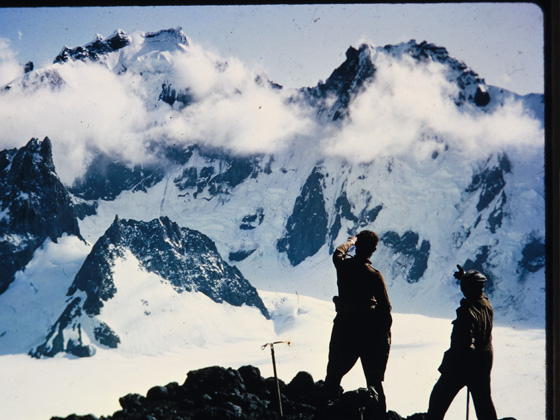
7:30 pm
The Great White Whale
Australia’s highest mountain is not located on the fifth continent itself, but on remote Heard Island in the Southern Ocean, close to Antarctica. There, a snow-covered and still active volcanic massif rises from the sea to 9,000 feet – like a large white whale. Five attempts to climb the whale hump fail. Then, in the mid-1960s, a bunch of seaworthy and mountain-skilled, fearless and humorous Australians make a new attempt to climb Mawson Peak. On a simple schooner they fight their way through choppy wave crests to the island and indeed reach the summit on the second attempt. The eminent Australian documentary filmmaker Michael Dillon tells the story of this great adventure with original footage and touching memories of the daring men themselves – one even sings them, as befits such an epic saga.
Rope
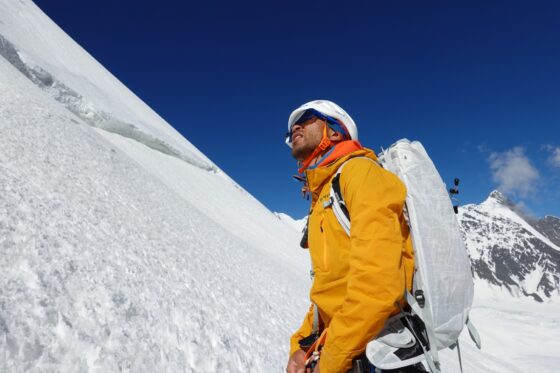
Rope
20 Years ago, Japanese mountaineer Kazuya Hiraide, three-time winner of the Piolet d’Or, discovered a magnificent line on the north face of Tirich Mir (25,288 ft). Several teams have climbed the highest peak of the Hindu Kush since the first ascent by a Norwegian expedition in 1950. But no one has ever dared to climb its north face. At the end of 2022, Hiraide sets off with Kenro Nakajima. After immense effort and six days and nights, the two climbers reach the summit. Great triumphs are succeeded by tragedy in 2024: At the end of July, Kazuya and Kenro endure a fatal accident while trying to climb the western flank of K2 in alpine style.
Painting the Mountains
Painting the Mountains
On 21 September 2023, Frenchmen Vivian Bruchez, Aurélien Lardy and Jules Socié succeeded with the second ski descent on the Whillans-Cochrane Route on Mount Aguja Poincenot in Patagonia. However, “skiing” is an inadequate term to describe this feat: The route runs along a ramp that is over 50 degrees steep and cuts through Poincenot’s east face. Below it loom 3,000 ft high vertical rock falls. An extreme achievement, embedded in an alpine wonderland. “Painting the Mountains” portrays all this in a visually stunning way.
On the Occasion of Dr. Otto Guggenbichler’s 100th Birthday
Dr. Otto Guggenbichler, the Tegernsee Mountain Film Festival’s initiator, would have turned 100 years old on May 30th.
Guggenbichler was born in the City of Tegernsee. During the post-war period, he decided to forego a civil service career as a teacher and instead began employment with Bayerischer Rundfunk. As a student, he already worked there as a cable carrier, but now he goes on to embark on a picture-book career in radio and television. Several times, he utilizes opportunities arising from paradigm changes in the media world – such as the invention of television – and does the respective pioneering work. As an author of major documentaries, he also got to travel the world, but he particularly liked to devote himself to geographical and folklore topics – gladly and often in connection with the mountains. His films are marked by a great sense of humour, self-mockery and linguistic wit.
When Otto Guggenbichler died in December 2009, he bequeathed to his homeland an attractive heirloom in the shape of the Tegernsee Mountain Film Festival. In his memory, the Mountain Film Festival is showing three films from the 1960s, all of which bear his incomparable signature.
Die Heuzieher von Schmirn (The Haymakers of Schmirn)
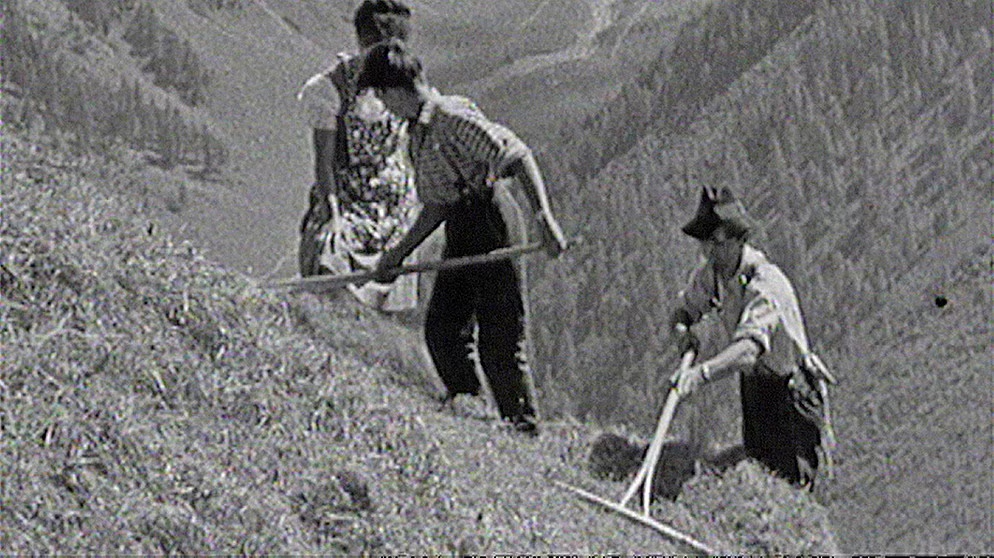
Die Heuzieher von Schmirn (The Haymakers of Schmirn)
In 1963, Otto Guggenbichler visited the Schmirntal Valley in Tyrol – a side valley of the Wipptal Valley – and filmed the farmers at work there. He was particularly interested in the laborious process of mowing hay on the steep slopes. However, bringing in the hay from above the tree line was not only laborious, but in some cases also extremely dangerous: A sixty-year-old farmer climbed steep walls with a 150-pound hay bale on his head: walking upright and without rope protection! Only a few years after the shoot, this type of hay harvest was already history.
Das versunkene Dorf - Fall und der Sylvenstein (The Sunken Village - Fall and Sylvenstein)
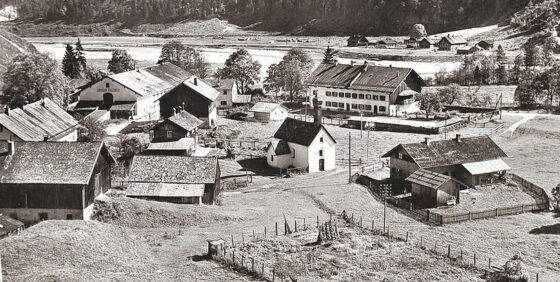
Das versunkene Dorf - Fall und der Sylvenstein (The Sunken Village - Fall and Sylvenstein)
The construction of the Sylvenstein Reservoir in the 1950s was seen as a controversial project in the Bavarian Oberland and especially in the Isarwinkel region. The changes in the landscape in the Upper Isar Valley were massive, the old village of Fall was submerged in the lake and rebuilt elsewhere. In this film, Otto Guggenbichler not only documents the construction work, he also lets the affected people have their say. If you never knew its history and cast your eyes on the Sylvenstein Reservoir in the Bavarian Prealps today, you’d only see a turquoise gem. Since its construction, the people of Munich have been spared from devastating floods.
Auf dem Holzweg in die Zukunft. Ein Film aus dem Brandenberger Tal (On the Path of Wood to the Future. A Film from the Brandenberg Valley)
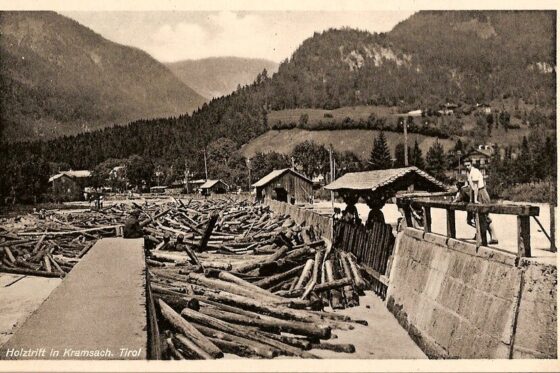
Auf dem Holzweg in die Zukunft. Ein Film aus dem Brandenberger Tal (On the Path of Wood to the Future. A Film from the Brandenberg Valley)
In this film from 1966, Otto Guggenbichler portrays the people and culture of the Brandenberg Valley, which is located between Kufstein and Tegernsee. He also captures the very last log drive on celluloid. During a log drive, trees felled in the mountain forest are brought down to the valley by water. Today, trucks do it. A great historical document.
Die Albanischen Alpen (The Albanian Alps)
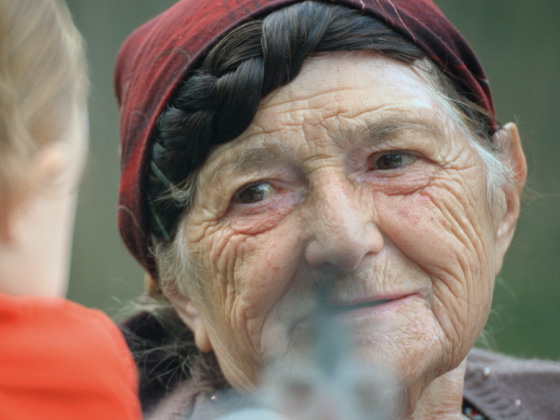
Die Albanischen Alpen (The Albanian Alps)
The documentary takes viewers to the unknown North of Albania. This part of the country is so foreign even to most Albanians in the lowlands that some call it “Bjeshkët e Nemuna”, the “enchanted mountains.” In the rugged beauty of these mountains, the camera team spent several weeks observing people whose lives are still shaped by centuries-old traditions.
Venezuelas Tafelberge – Expedition ins Haus der Götter (Venezuela’s Table Mountains – Expedition to the House of the Gods)
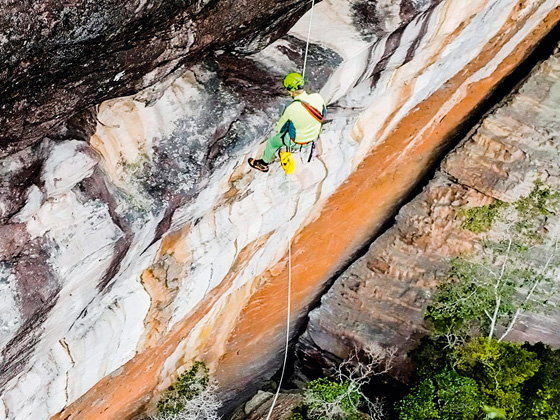
Venezuelas Tafelberge – Expedition ins Haus der Götter (Venezuela’s Table Mountains – Expedition to the House of the Gods)
A great adventure full of surprises: A research team embarks to one of Venezuela’s imposing table mountains and penetrates deep into its interior. At the Auyan Tepui, the researchers discover a mysterious cave system with “living rocks”, colonies of primeval microbes. How did they survive here? Could they provide clues to life on other planets? This adventure shows that fantastic new worlds can also be found underground.
The Ice Builders
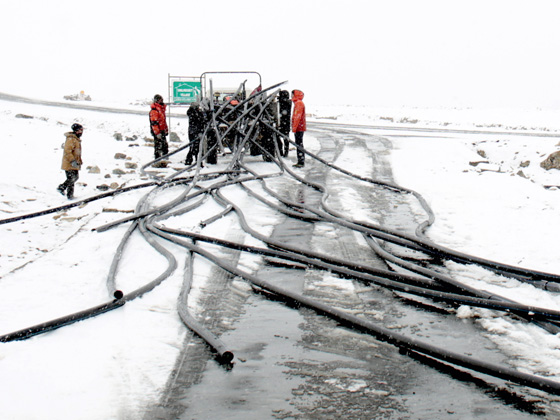
The Ice Builders
In the Himalayas, in the remote and desert-like mountain valley of Zanskar, the local population has always depended on the glaciers, which melt in spring and provide the amount of water necessary for agriculture and life. Today, in an unequal fight against climate change, the Ladakhis are building artificial glaciers so as to counteract spring water shortages and to replenish underground water reservoirs.
Misión Kipi
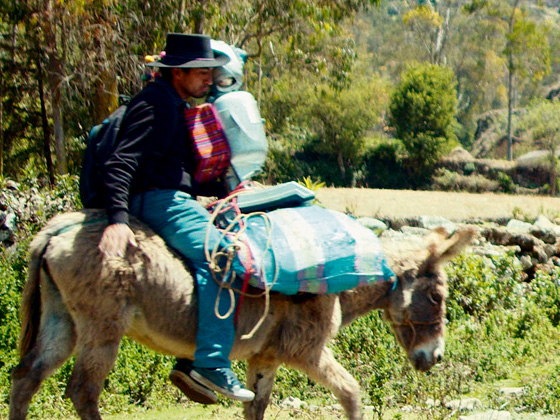
Misión Kipi
During the pandemic, Walter Velásquez, a rural school teacher who has been interested in science and technology for years, builds a robot from computer scraps and calls it Kipi. Most of Walter’s students have left school because of the COVID-19 pandemic and have returned to their villages. Kipi becomes the teacher’s assistant and accompanies him henceforth. Together, they bring learning to people’s homes who otherwise would not have access to education due to the scattered settlement of the region.
Iran: Mountains with a Message
Wild mountain landscapes far from the big cities.
A female climber whose power rubs everyone the wrong way.
A wife who’s had enough.
The Bayern 2 Night at Tegernsee Mountain Film Festival shows Iran from the perspective of very different women:
Climbing Iran
Climbing Iran
Nasim Eshqi is the only woman in Iran who is opening up new climbing routes. For her passion she has to overcome physical, mental and cultural boundaries and defy the arbitrary rules imposed by a totalitarian system. She climbs in India, Turkey and Armenia, and in between she teaches Iranian women how to climb. With their cinematic work, this extraordinary athlete and the filmmaker Francesca Borghetti wish to overcome limitations and fight for human rights. The film is running outside the competition.
The multiple award-winning filmmaker Puria Ravahi provides insights into the Iranian mountaineering scene.
Shouhare Iran Khanoum (Mrs Iran's Husband)
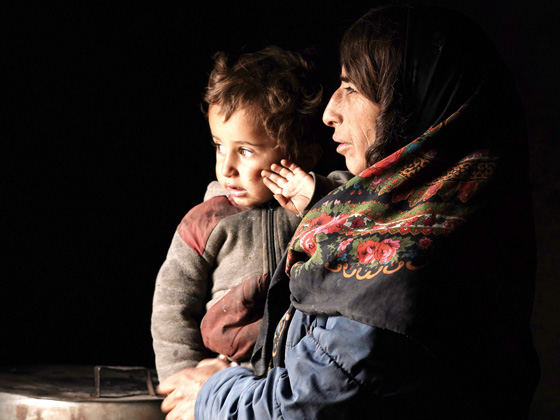
Shouhare Iran Khanoum (Mrs Iran's Husband)
The empire of Sultan Mohammad is located on a mountain. Living with him are two wives, Iran and Sara, eleven children and his flock of sheep. Like all patriarchs, he’s anxious to preserve his power and wealth. But the task and duty of maintaining his reputation in the village rest mainly on the shoulders of his wives. To further strengthen his importance, Muhammad intends to marry a third time.
Director Marjan Khosravi won the Otto Guggenbichler Young Talent Award in 2022 and will attend the screening.
Audience discussions with the mountaineering guests will be moderated by Katharina Kestler from the podcast “Bergfreundinnen” (Bayerischer Runkfunk) and Shahrzad Osterer, Bayern 2 editor with Iran focus.




